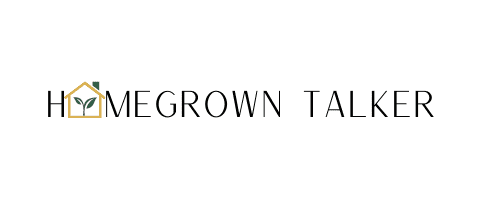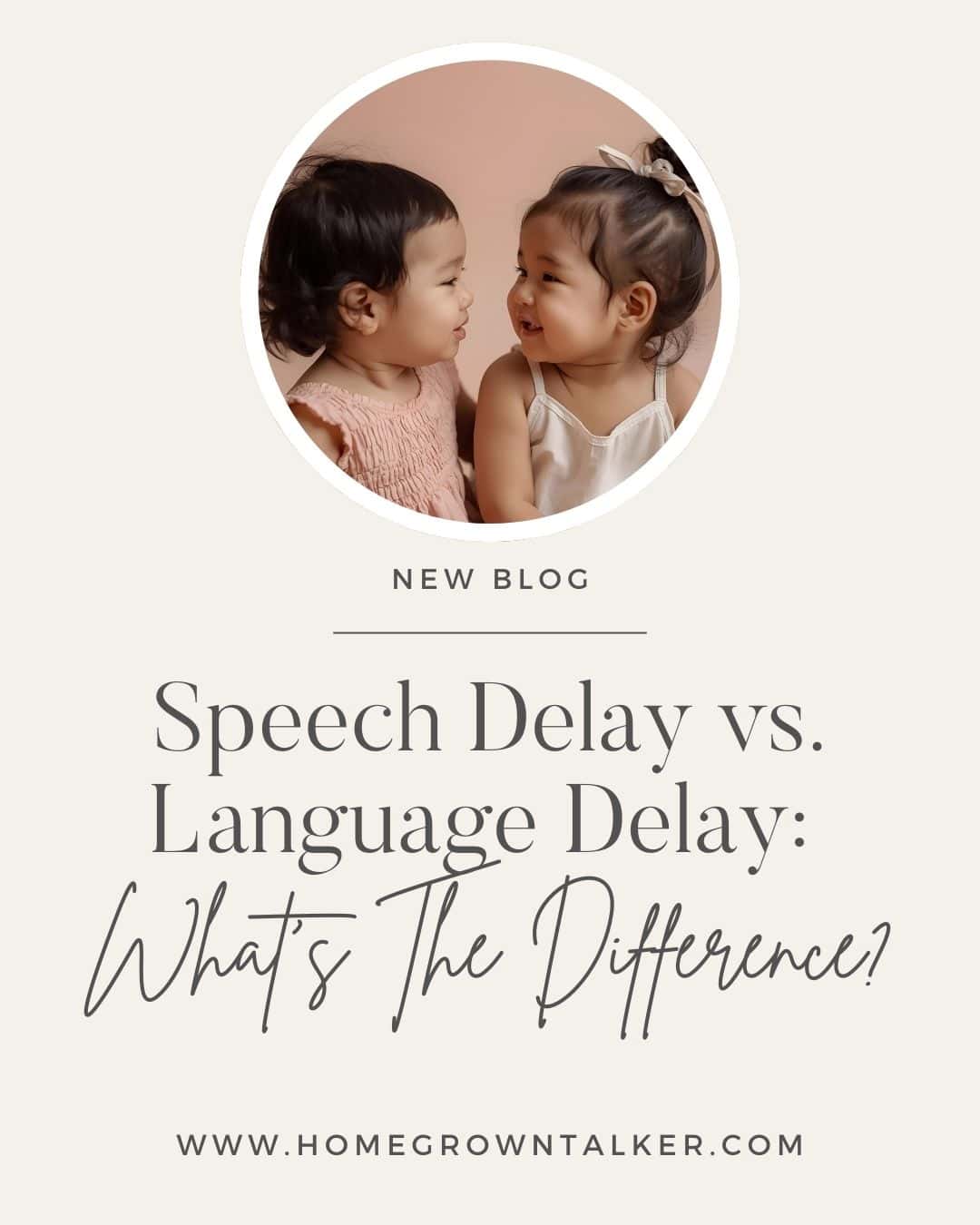Early Signs of Language Delay: What Parents Should Watch For by Age 2
Is your toddler still not talking as much as other kids? You’re not alone and here’s how to know if it’s more than just late talking. Keep reading to learn the early signs of language delay by age 2, plus when to seek speech therapy for your toddler.
What Is a Language Delay; The Early Signs?
A language delay is when a child experiences a delay in their expressive and/or receptive language skills. Expressive language skills are their ability to communicate their wants and needs while receptive language is their ability to understand language in their environment. A speech-language pathologist is the medical professional often charged with diagnosising any delays in speech or language development. To do, they often use a variety of measures such as;
- standardized tests
- parent-completed questionnaires
- direct observation
- developmental history
Normal Language Development Milestones (0–24 months)
First year’s speech and language milestones:
07-12 months
- Looks at you when their name is called
- Babbles long strands of sounds
- Raises arms to be picked up
- 10 months, reaches for objects
- Waves hi/bye & points at objects
- Begins trying to copy sounds you make
- Says one word around 12 months
A 2 year old’s speech and language milestones:
19-24 months
- Should understand and use 50 different words
- Should often speak in 2 word phrases ” want eat”
- Should use words to ask for help
- Should follow 2-step directions “Get your cup and go sit down”
- Should use possessives like “Mommy’s car”
- Should use words like mine, me and you
Early Red Flags for Language Delay
Language Delay Red Flag 1; No babbling by 12 months
What is babbling? The American Speech and Hearing Association (ASHA) described babbling as; “a prespeech sound stage where infants from around six months of age produce consonant-vowel combinations and strings of sounds, like “mamama” or “bababa”. This developmental milestone involves experimenting with vocalizations to practice speech, and it precedes a child’s first words.”
Language Delay Red Flag 2; Limited vocabulary by 18 months
Children with typical development may begin babbling around 6 months of age, and their first words typically appear around 12 months. This article here talks about how a typically developing (TD) child usually has a expressive vocabulary of about 50 words by 18 months of age. Some common examples of a child’s first words, based on the research found here are;
- me
- mine
- more
- eat
- drink
- no
- go
- up
- want
Language Delay Red Flag 3; Not combining words by age 2
Every parent loves to hear their child’s sweet voice as they learn how to talk. But what happens when thy aren’t using more than one word at a time? Lot’s of research has gone into early language development. Brown’s Stages of language development are a gold standard for measuring a child’s language development. Brown’s stage 1 indicates that between 12 months and 24 months, a child should have an average of 1.75 words per utterance.
When to Seek Professional Support
As a speech-language pathologist and mother of 5, I highly advice seeking additional professional support if you see any of the top 3 red flags described above.
- No babbling by 12 months
- Limited vocabulary by 18 months
- Not combing words by age 2
Want to use our FREE Speech and Language Screener? Download the FREE screener here!

At-Home Strategies to Encourage Talking
There are so many evidenced-based at-home strategies to encourage talking. Shared reading, scaffolding, recasting, cueing, prompt hierarchy, narrative language and more. But what does this look like on a Tuesday night when you are cooking dinner and helping your other kids with their homework? In my FREE download, I give you a jumpstart on some fast and easy ways to set up your child’s home to start talking more.
Get your FREE “At-Home Strategies Guide” Here.
FAQs About Language Delay
Need More Resources To Get Your Child Talking?

Does my kid need therapy?
Click below to learn more.

Increasing Language Skills
Click below to learn more.

Speech Therapy at home
Click below to learn more.










